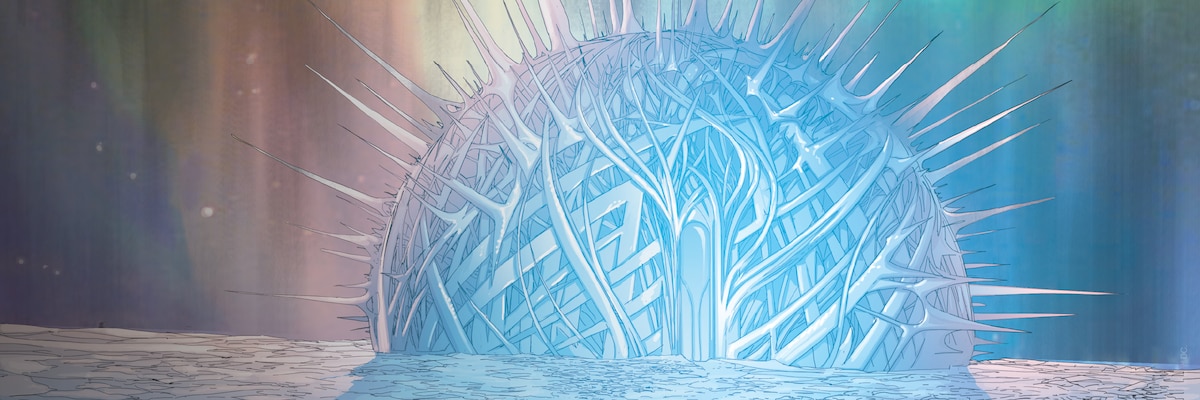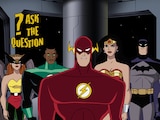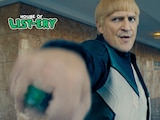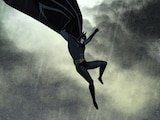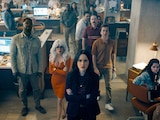Where does Superman go when he needs to get away from it all?
As much as Supes loves his friends, his family and his city, all of us need a place where we can be alone with ourselves and relax. That goes all the more for someone who’s taken on the responsibility of saving the world on a daily basis. That’s what the Fortress of Solitude is for—it’s a place for Superman to reflect on his past, appreciate all he’s accomplished and remind himself what all of this is really for. Superman’s been visiting some kind of special hideaway since 1942, but the one you’re probably picturing in your mind’s eye might be a little bit newer than you think. Ahead of his cinematic return to the fortress in the new Superman movie, here’s a rundown of everything you could want to know about the Fortress of Solitude.
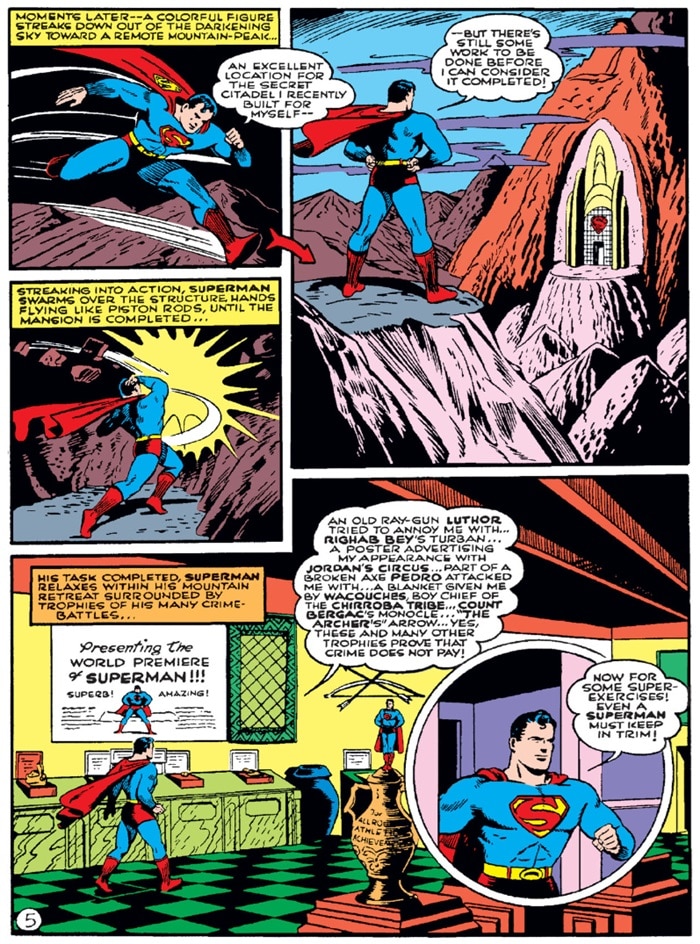
THE SECRET CITADEL
We get our first look at Superman’s “Secret Citadel” in 1942’s Superman #17, containing a hall of trophies and a vast collection of super-sized gymnasium equipment to keep the Man of Steel in fighting shape. In its original incarnation, this sanctuary was a little closer to home, carved from the side of a mountain on the outskirts of Metropolis itself.
Now, we imagine you might ask—which came first, the Fortress of Solitude or the Batcave? In an astounding coincidence, Superman #17 and Batman #12, where the concept of Batman’s secret underground hangar was first introduced, came out at almost exactly the same time. However, Batman’s digs would be coined the “Batcave” by the following year, while Superman had yet to settle on the long-term title for his own pad. But both are predated by the fortress of a hero whose early adventures inspired their creation: the pulp novel protagonist Doc Savage, who had his own Fortress of Solitude—by that name—as early as 1932.
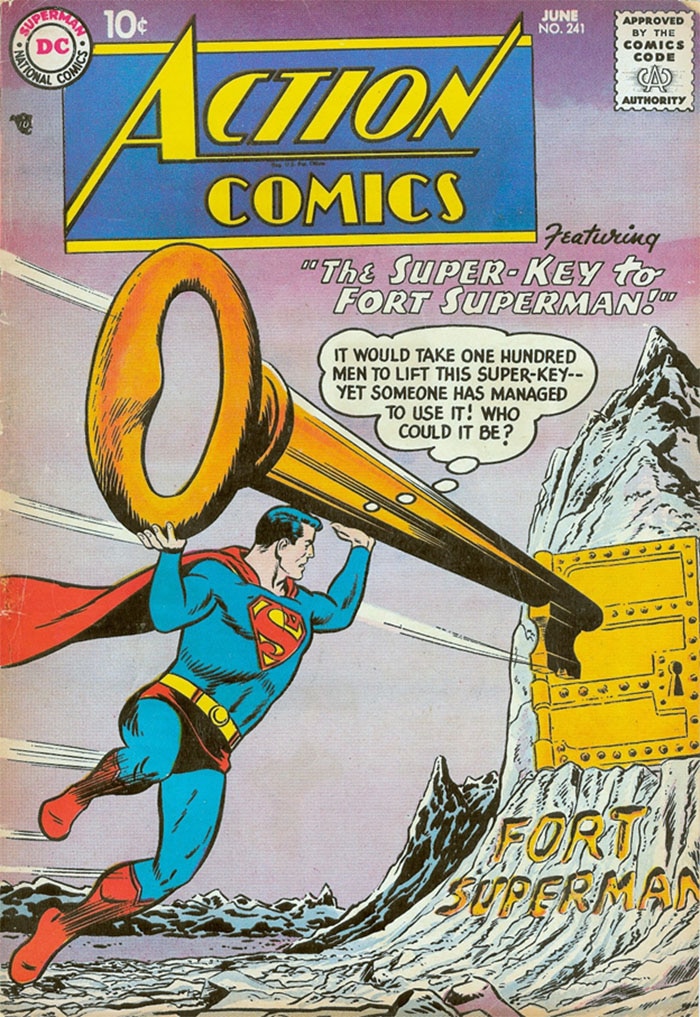
FORT SUPERMAN
Superman’s Fortress would get a big revamping in 1958’s Action Comics #241, where it’s first called the Fortress of Solitude in print (as well as “Fort Superman,” which honestly kind of rocks). Still carved into a mountain, the fortress’s location shifts for Superman’s Silver Age to the now more familiar environs of the Arctic. The hall of trophies and super-gym remain, but Superman has special rooms dedicated to his closest friends and a variety of interests: including special rooms devoted to Lois Lane, Jimmy Olsen and Batman.
Also featured in “Fort Superman” was a giant steel diary he kept with heat vision-engraved entries, a menagerie of alien fauna, an art room, a laboratory for the pursuit of Kryptonian science, an armory of confiscated super-weapons and a giant chess room. For security, this new fortress utilized a giant golden key that only someone would super strength would be capable of using to unlock the front door. This key would remain a staple in depictions of the fortress for years to come.
For over 25 years, more and more features would be added to Superman’s fortress each time we checked in—including a collection of Kryptonite samples, the Phantom Zone projector, the bottled city of Kandor, statues of his Kryptonian birth parents and an array of lookalike robots that Superman could use to make appearances for him in case of emergencies. Superman’s collection of trophies, like Batman’s, even included a T-Rex and a giant penny, as well as the actual wreck of the Titanic. The most thorough exploration we got of this Arctic mountain fortress would be 1981’s DC Special Series #26…but by then, it had been overshadowed by an entirely different incarnation in the public eye.
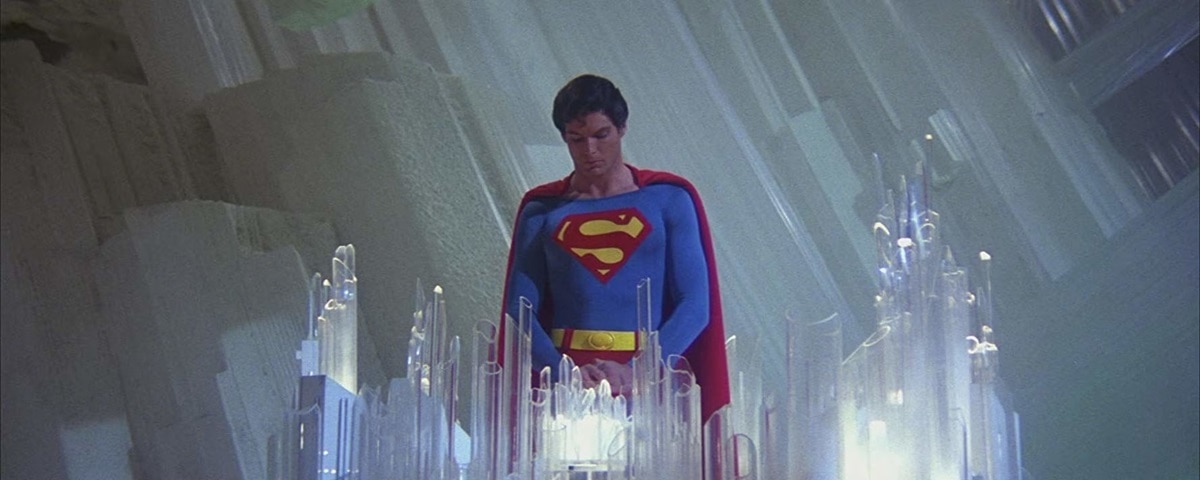
SUPERMAN: THE MOVIE
When we think of the Fortress of Solitude today, there’s no mountain involved in the equation. Instead, we picture a fractal, crystalline structure up in the Arctic, emerging from a Sunstone carefully packed with a baby Kal-El on his journey to Earth. Even more, the whole thing unfolds into a personal university on Kryptonian culture and education which Kal-El would need before he could become a Superman.
But no such structure was ever an invention of the comics. Superman never visited any Fortress of Solitude as a boy. The Fortress of Solitude we know best was actually an invention of 1978’s Superman: The Movie, then depicted as Jor-El’s parting gift to his son complete with an artificial replica of his own consciousness to guide his education. Although it remains the most widely known incarnation of the fortress to this day, it would be almost thirty years before it would be integrated as the Fortress of Superman from the comics. That’s because with a looming reinvention of Superman’s entire life, the Fortress of Solitude would soon cease to exist in the comics at all.
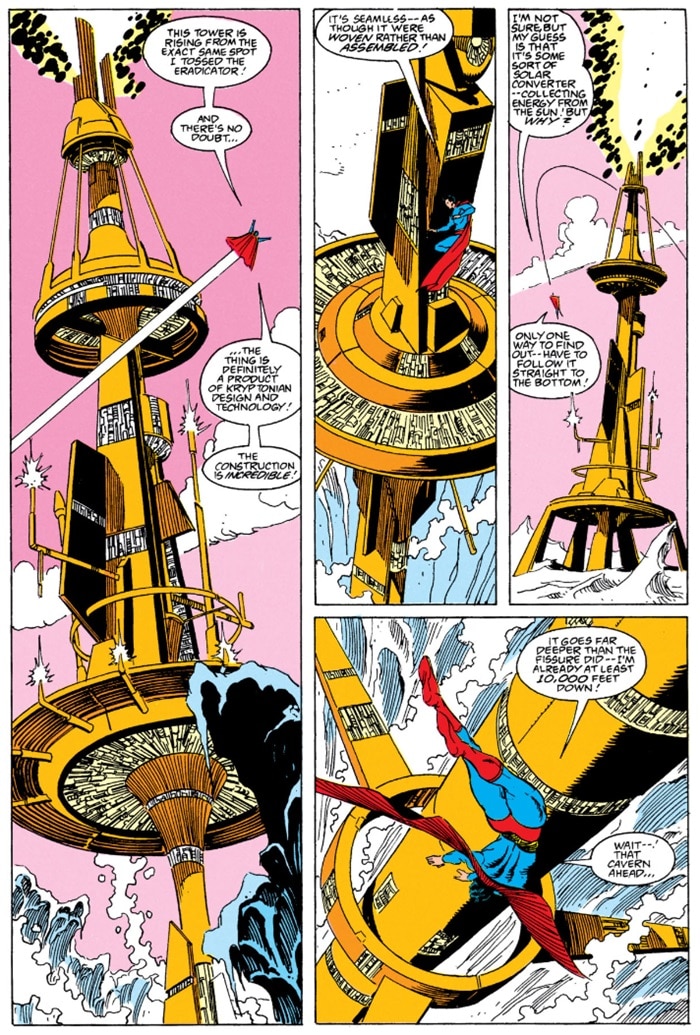
FORTRESS REDEFINED
Here comes the part where I say, “and then Crisis on Infinite Earths happened.” In redefining Superman’s mythology from the ground up for a Post-Crisis world, John Byrne defamiliarized and recontextualized practically everything we took for granted about the Man of Steel. One of the things to go was that mountain fortress. But Byrne would keep the name alive in spirit by referring to the identity of Clark Kent itself as Superman’s mental “Fortress of Solitude,” a life he could retreat to as a way of appreciating life on human terms before returning to the responsibilities of his titanic Superman persona.
This lasted from about 1986 until 1989, when—like many of the elements Byrne initially stripped away from Superman—it was generally decided among subsequent Superman writers that the Fortress was actually a good idea. Action Comics Annual #2 had a new Fortress of Solitude descend to Earth from space as a colossal machine from ancient Krypton programmed to terraform the Earth. Superman successfully deactivated that functionality just in time to save the planet, but kept the Fortress around for much the same purpose it had previously served before the Crisis. This was also where Superman first encountered Kelex, the helpful robot who maintains the Fortress in most of its iterations to this day.
One particularly notable difference we should point out here: unlike the Fortress of the Silver Age and the movie, this ancient Kryptonian Fortress made landfall in Antarctica. So just remember that if you’re looking at the Fortress from a story between 1989 and 2005, you’re on the other side of the world.
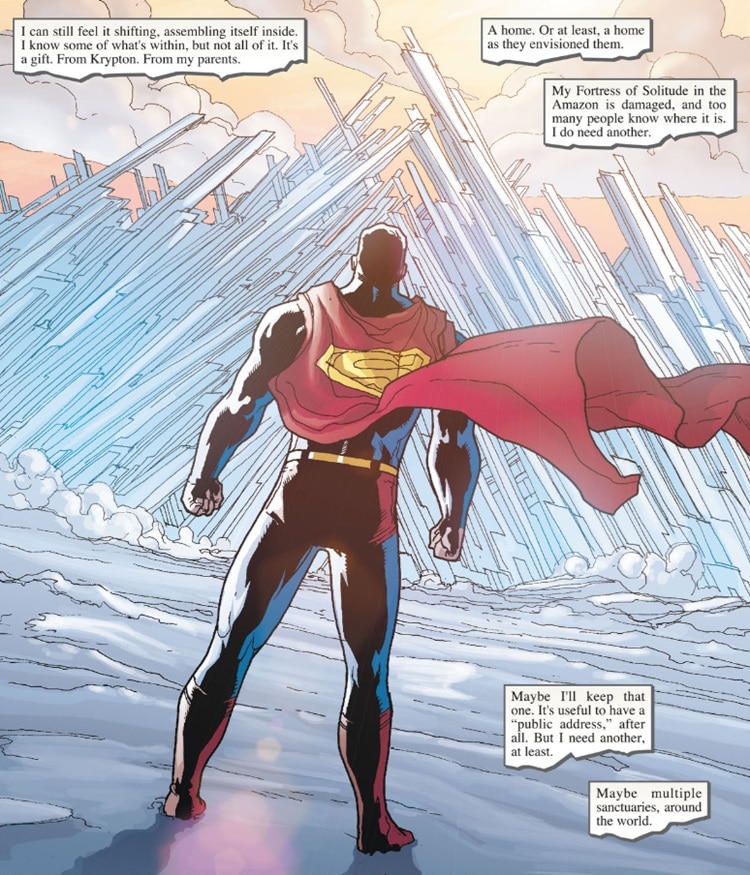
This Antarctic fortress was destroyed in Brian Azzarello’s Superman: For Tomorrow, and for a brief time Superman set up a new Fortress inside an ancient Peruvian temple. But not long after that, 2006’s Infinite Crisis drained Superman’s powers for a full year, and he never had the occasion to return—not before, in the following story arc of Superman: Up, Up, and Away, Richard Donner’s crystalline Fortress of Solitude was finally enshrined into comic book continuity. Thus it has remained, up in the Arctic, ever since (in the comics, at least).
Thanks to DC One Million, however, we know that the Arctic may not be the Fortress’s final resting place. Many depictions of Superman’s future since 1998 show that in the eras to come, as the anchors which keep him tied to life on Earth fall away to age and time, Superman is destined to one day move his home to the center of the sun, emerging only when the universe needs him most. But for now, in homage to that awe-inspiring Fortress as it appeared in 1978, you can count on the new Superman movie’s Fortress being of similar make…give or take a Kelex.
Superman, directed by James Gunn and starring David Corenswet, Rachel Brosnahan and Nicholas Hoult, lands in theaters this week! Click here to get tickets.
Alex Jaffe is the author of our monthly "Ask the Question" column and writes about TV, movies, comics and superhero history for DC.com. Follow him on Bluesky at @AlexJaffe and find him in the DC Official Discord server as HubCityQuestion.

